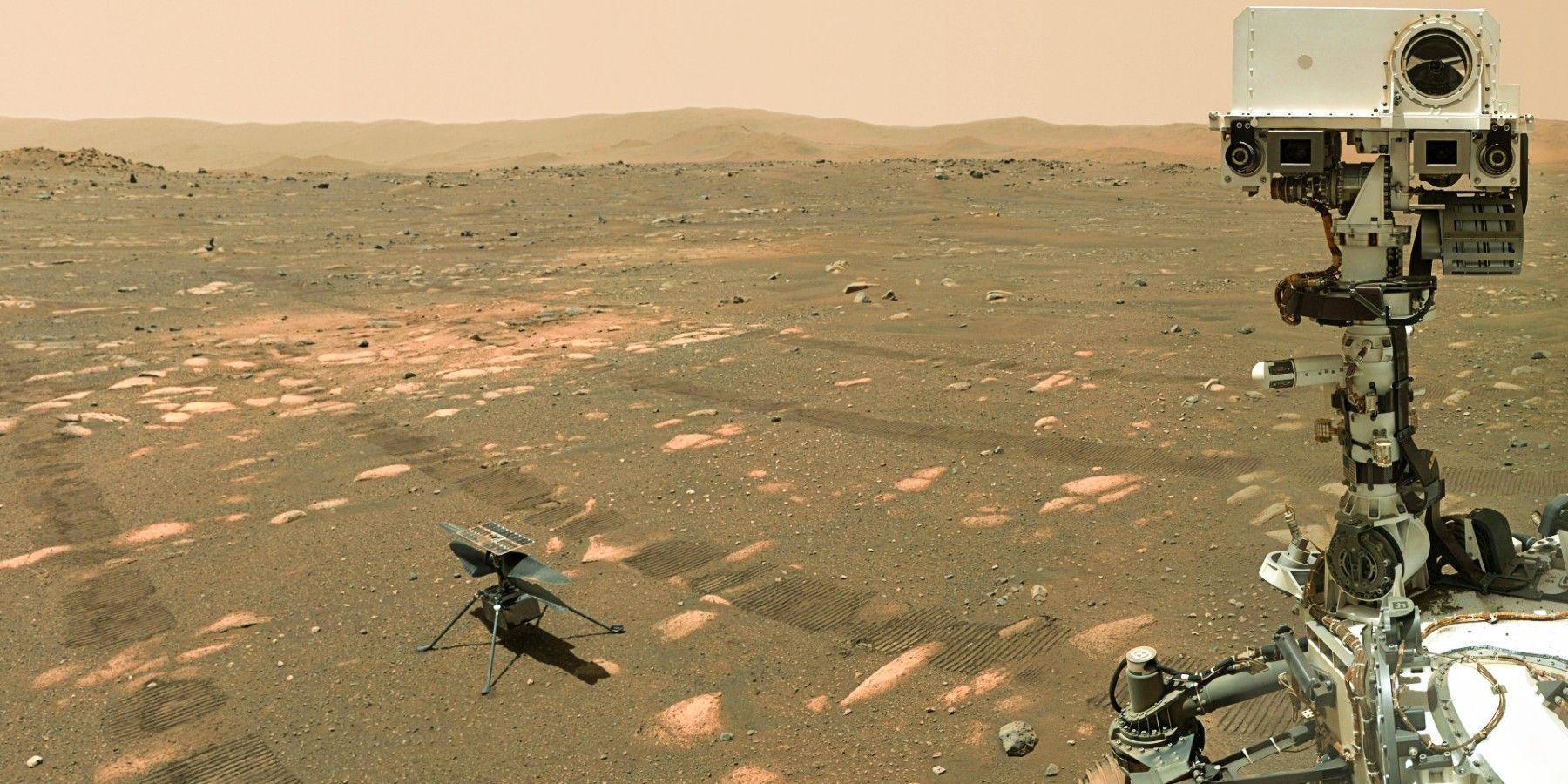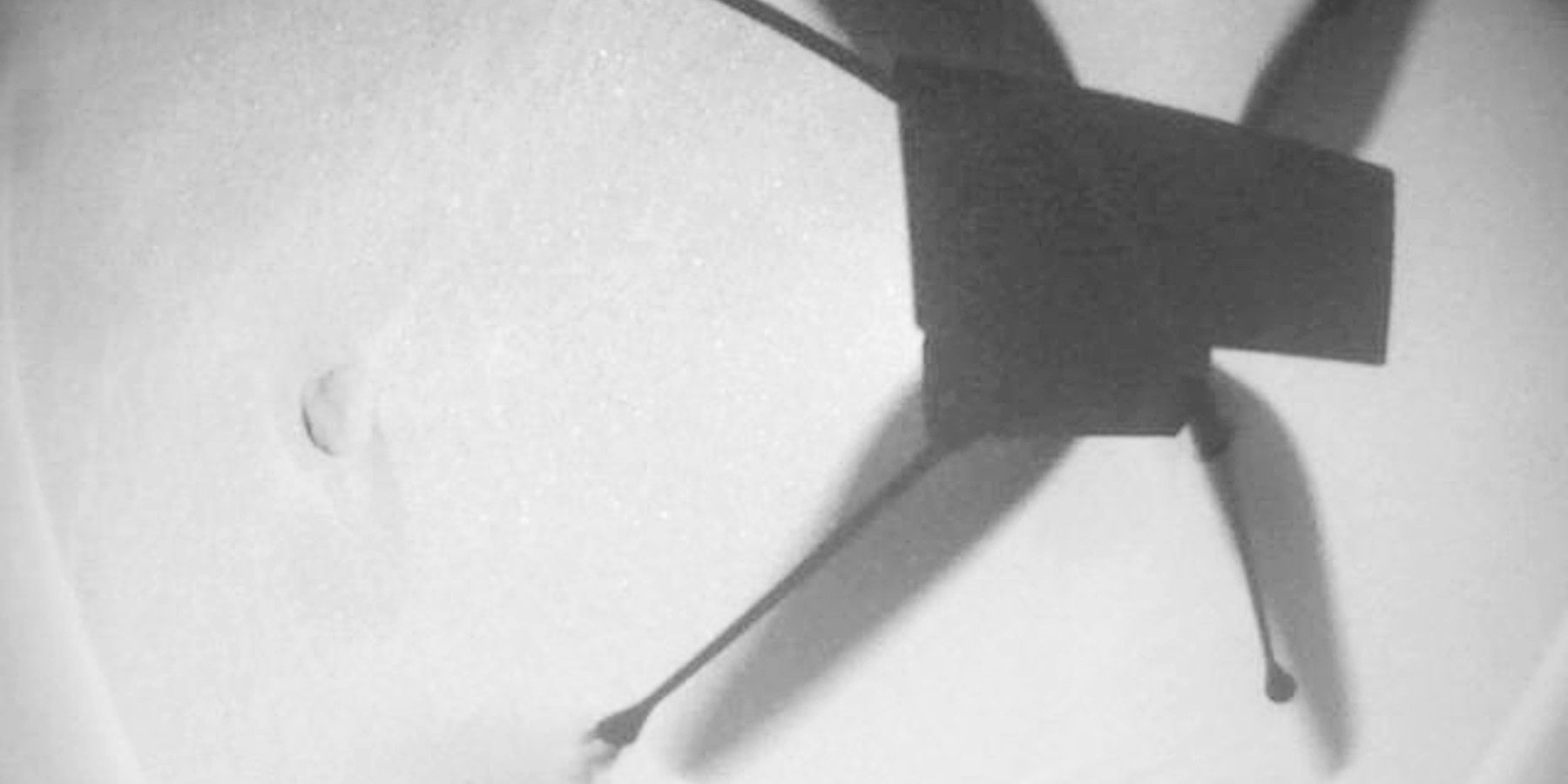NASA's Mars helicopter is on a roll and continues nailing flights despite all odds. It seems like the small helicopter can take everything Mars throws at it. It just faced a massive regional storm which grounded Perseverance for weeks and almost drained the life of the Mars Insight lander. The helicopter also recently escaped a rough terrain during take-off, survived season change and a previous malfunction.
The Mars Helicopter, Ingenuity, was only a mission to demonstrate that flying on another planet was possible. Initially, NASA only wanted the small flying drone to do five flights. It is well past that and continues breaking record after record. After all, there is not much competition in the helicopters-flying-in-the-Red-Planet category.
NASA Jet Propulsion Laboratory celebrated a successful flight 19 for Ingenuity. Now the helicopter is safe in the eastern ridge of "South Séítah," always in line of sight of Perseverance. However, JPL says this flight was a reminder of the challenges and unpredictability of the Martian environment. The recent Mars dust storm left the small helicopter with two significant situations that needed to be fixed if the mission was to take flight again.
A Dusty Camera And Six Sandy Swashblades
When the latest storm finally cleared on Mars, Ingenuity discovered that its primary camera, which it uses to navigate, was dusty and blurred. The swashplates of the helicopter were filled with sand, making things even worse. Pilots use swashplates to adjust the blades of a helicopter. These are flight critical. NASA engineers got busy and creative to find a solution and bring mission 19 home.
Ingenuity's primary camera provides the navigation software with the information it needs to fly safely. As it was, the blurry dusted camera could confuse debris with ground features it tracks in mid-flight. Navigation errors would be the least of the concerns. NASA found that if it coded the camera to mask out the blurry parts, it could work with the rest of the information from the camera. The mask update gave Ingenuity a more limited view but served as a patch to fly and was given the green light.
The swashplates of the helicopter proved to be a little more tricky. In the past, Ingenuity had detected a failure with one of the swashplates, but now it was facing performance issues with all six of them. When the helicopter was being built, NASA ran some experimentation on how to clean up sand stuck in the swashplates. So NASA ran some new tests and decided to go with a command it calls "servo wiggle." Back to back, seven times, NASA shook the servos from side to side on Sol 341. "All in all, Flight 19 was fraught with challenges, but Ingenuity demonstrated its resilience once again, shaking off the dust!" the NASA Mars helicopter team says. Now Ingenuity is gearing up for Flight 20.
Source: JPL/NASA


